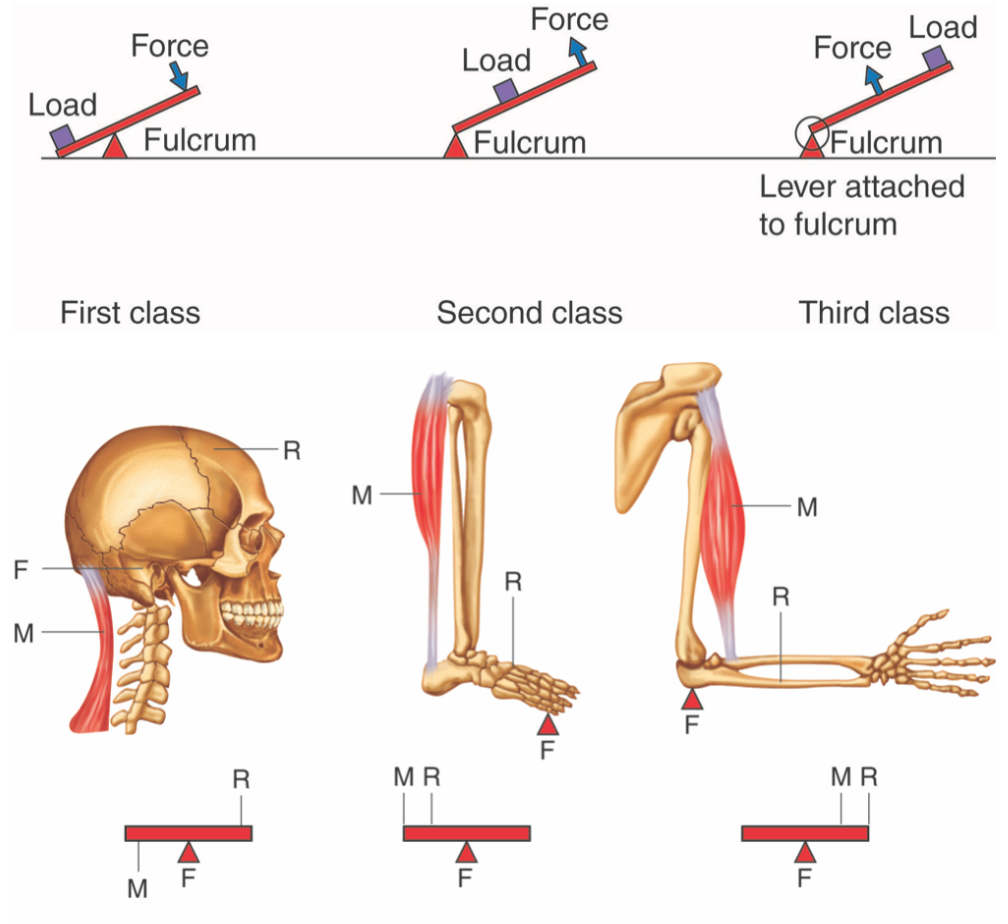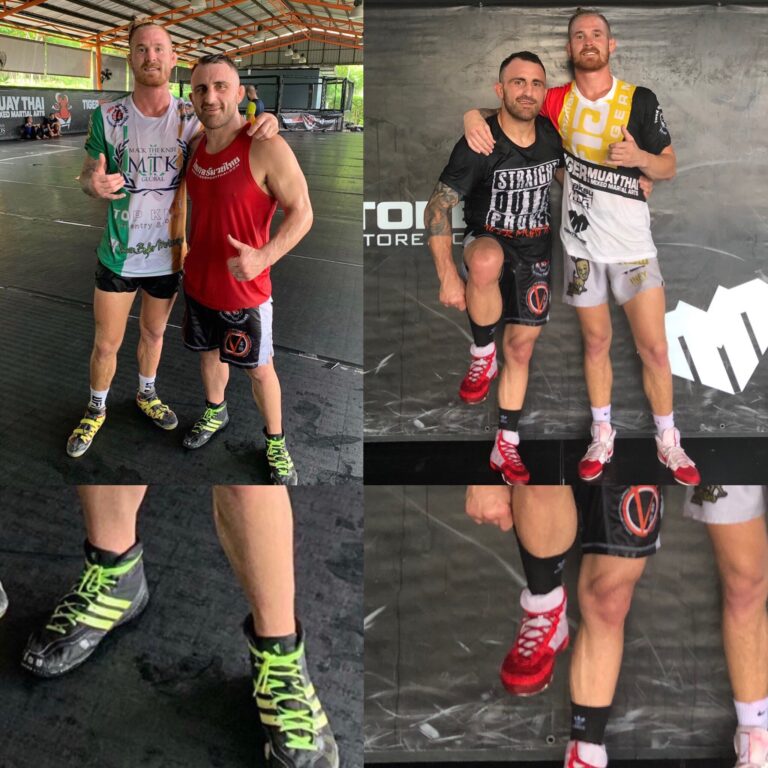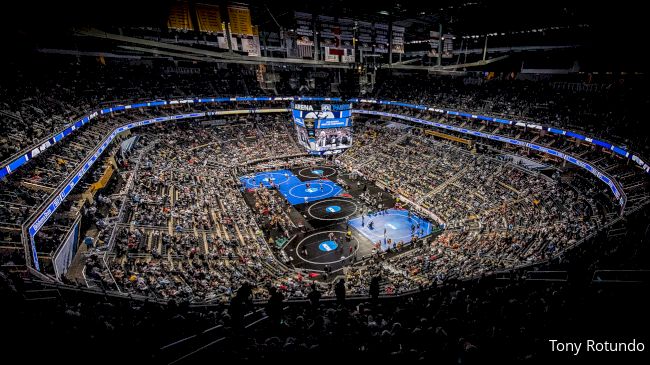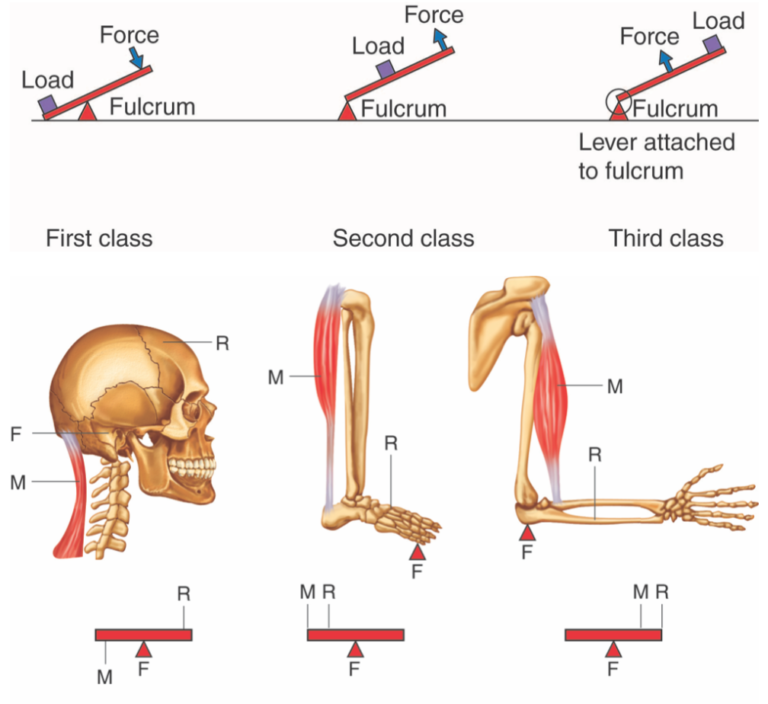What Muscles are Used During Arm Wrestling: Core Strengths
During arm wrestling, the primary muscles used are the biceps, forearms, and shoulders. Secondary muscles include the chest and back.
Arm wrestling is not just a test of strength; it’s a complex battle of technique, power, and strategy. Engaging in this competitive sport requires more than just brute force. It demands a comprehensive understanding of muscle mechanics and how to leverage them to your advantage.
Participants must train not only their muscles but also their minds, learning the nuances of the sport. This deep dive into the muscular anatomy involved in arm wrestling reveals the intricacy of what might seem like a simple contest of strength. By focusing on the key muscles, athletes can refine their approach, enhancing both their performance and their understanding of this engaging sport.
Introduction To Arm Wrestling
Arm wrestling is a thrilling sport. It matches two opponents in a test of strength, skill, and strategy. Each competitor places one arm on a surface with their elbows bent. They grip each other’s hand. The goal is to pin the opponent’s arm onto the surface. It’s a battle of brawn and brains. Let’s dive into the gripping world of arm wrestling.
The Sport’s Popularity
Arm wrestling is a global phenomenon. It draws competitors of all ages and backgrounds. The sport’s charm lies in its simplicity and universality. You need minimal equipment to participate. This accessibility has helped arm wrestling become a popular pastime worldwide.
Basics Of Arm Wrestling
- Position your arm correctly.
- Keep your wrist straight.
- Focus on technique over pure strength.
- Use your whole body.
- Understand the rules of the match.
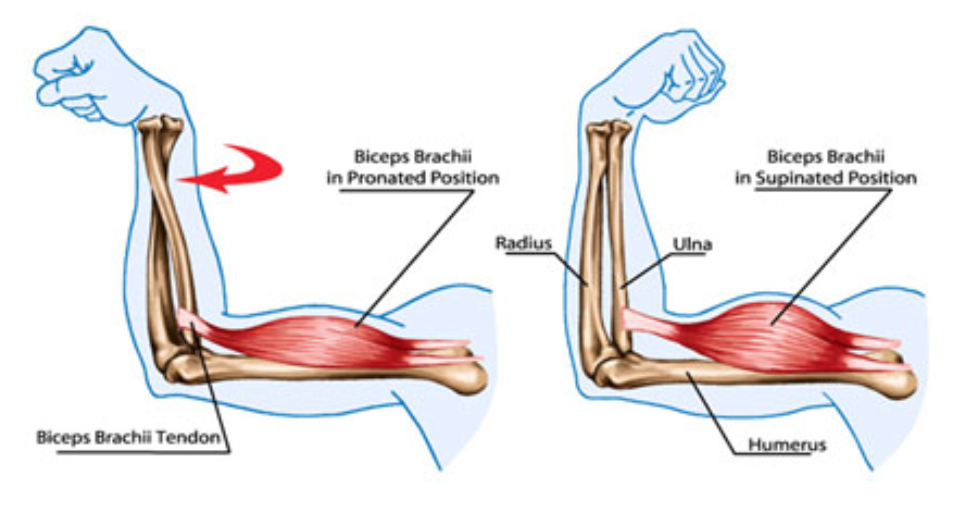
Credit: med.libretexts.org
Key Muscles In Arm Wrestling
Arm wrestling puts your upper body to the test. It’s not just about raw strength; it’s about the power of specific muscles. Knowing which muscles are in play is crucial for anyone interested in arm wrestling.
Forearm Muscles
Your forearm muscles are vital in arm wrestling. They control your grip and wrist position. When you clasp hands with your opponent, these muscles spring into action.
- Flexors: They close your hand.
- Extensors: They open your hand.
Biceps And Triceps
These muscles work together to move your arm. The biceps pull your arm toward you, while the triceps push it away.
| Biceps | Triceps |
|---|---|
| Curling motion | Extending motion |
Shoulder Muscles
Shoulder muscles stabilize your arm. They keep it secure and steady during a match. Without strong shoulders, your arm lacks support.
Key shoulder muscles in arm wrestling include:
- Deltoids: They cover your shoulder.
- Rotator Cuff: It helps rotate your arm.
The Role Of Core Strength
The Role of Core Strength in arm wrestling is often overlooked. Core muscles are vital for overall performance. They provide stability during the match. They also help transfer power from the upper body to the arms. A strong core is key to being a champion in arm wrestling.
Stability And Balance
A solid core ensures a stable base. This stability is crucial during arm wrestling. It helps wrestlers maintain their position. It stops them from being easily overpowered. Wrestlers with strong core muscles can resist their opponent’s moves better.
- Stabilizes the torso
- Enhances posture and form
- Reduces risk of movement errors
Power Transfer
Core strength is essential for power transfer. It connects the lower body push with the upper body pull. A strong core ensures that the power generated is not wasted. This makes every move more effective.
- Links lower and upper body movements
- Maximizes force output
- Improves arm wrestling techniques

Credit: osilasgallery.org
Hand And Wrist Strength
Hand and wrist strength play a crucial role in arm wrestling. These muscles determine your grip and control. A strong grip and solid wrist control can give you a significant advantage. Let’s explore the techniques and exercises that can enhance these essential components.
Grip Techniques
Mastering grip techniques is vital for arm wrestling success. A firm grip can overpower your opponent’s hand. It can also prevent slipping during intense matches. Here are some effective grip techniques:
- Standard Grip: Wrap your fingers tightly around your opponent’s hand.
- Hook Grip: Curl your wrist inward to lock your opponent’s hand.
- Top-roll Grip: Aim to roll over your opponent’s wrist.
Wrist Control
Wrist control is the power move in arm wrestling. It determines your hand’s position and movement. A strong wrist can lead your arm to victory. Here’s how you can improve your wrist control:
- Wrist Curls: Strengthen your wrist flexors with curls.
- Reverse Wrist Curls: Build your wrist extensors for balance.
- Wrist Roller: Use a roller for overall wrist strength.
Technique And Muscle Coordination
Arm wrestling is not just about raw strength. Technique plays a crucial role. Proper muscle coordination can lead to victory. Understanding which muscles activate during arm wrestling is key. This sport involves a complex series of movements. It requires both upper and lower body strength. Let’s explore the principles of leverage and how muscles synchronize during an arm wrestle.
Leverage Principles
Arm wrestling relies heavily on leverage. A longer forearm creates an advantage. Positioning is also critical. The goal is to maximize force while minimizing effort. This means aligning the bones and joints effectively. Proper grip and wrist control make a big difference. They help in applying force more efficiently. Here’s how leverage comes into play:
- Bone alignment increases force transmission.
- Wrist position dictates hand control.
- Shoulder and elbow angles affect power output.
Muscle Synchronization
Arm wrestling demands coordinated muscle action. Different muscle groups must work together. This is known as muscle synchronization. Key muscles include the biceps, triceps, and forearm muscles. Shoulder and back muscles also contribute. Here are the muscles and their roles:
| Muscle Group | Function |
|---|---|
| Biceps | Pulling motion |
| Triceps | Pushing motion |
| Forearm Muscles | Grip strength |
| Shoulders | Stabilization |
| Back Muscles | Power generation |
Muscles must fire in a specific sequence. This optimizes power and control. Quick reflexes are essential. The brain must send rapid signals to muscles. This ensures a fluid and powerful arm wrestling movement.

Credit: m.youtube.com
Training For Arm Wrestling
Arm wrestling demands strength and technique. Success hinges on specific muscle training. Both beginners and pros can benefit from focused exercises and drills. These workouts enhance power and improve moves on the table. Let’s dive into the training strategies that will make you a formidable arm wrestler.
Strength Exercises
Building muscle power is crucial for arm wrestling. Key areas to target include the arms, shoulders, chest, and back. A blend of weightlifting and bodyweight exercises works well. It’s important to focus on both the pushing and pulling muscles. Below are effective exercises to incorporate into your routine:
- Arm Curls: Strengthen biceps for better control.
- Wrist Curls: Enhance wrist and grip strength.
- Shoulder Press: Build shoulder and tricep power.
- Rows: Improve back muscles crucial for pulling.
- Push-ups: Develop chest and arm strength.
Consistency and gradual increase in intensity will result in muscle gains. Remember to rest muscles between workouts. This prevents injury and aids growth.
Technique Drills
Technique in arm wrestling is as vital as strength. It’s the application of power that often determines the winner. Practicing specific movements sharpens skills and builds muscle memory. Focus on these drills to refine your arm wrestling technique:
- Toproll: Practice the toproll maneuver to gain leverage.
- Hook: Drill the hook technique for inside fighting.
- Side Pressure: Work on side pressure to overpower opponents.
- Back Pressure: Strengthen back pressure to prevent losing position.
- Hand Control: Improve grip and hand positioning for control.
Drills should be done regularly. They can be practiced with a partner or using arm wrestling simulators. Feedback and adjustment of form are key to mastering techniques.
Remember, arm wrestling success comes from the right mix of strength and skill. Include these exercises and drills in your regimen, and you’ll see improvement on the arm wrestling table.
Nutrition And Recovery
Nutrition and Recovery play vital roles in arm wrestling success. To excel in this sport, understanding the importance of diet and recovery is key. Effective nutrition fuels muscle growth, while recovery practices ensure ongoing strength and prevent injury. Let’s dive into the specifics.
Diet For Muscle Growth
Nutrient-rich foods support muscle repair and growth. A balanced diet for arm wrestlers should include:
- Protein: Builds muscle. Think chicken, fish, and legumes.
- Carbohydrates: Provides energy. Options include rice, pasta, and fruits.
- Fats: Essential for health. Avocados and nuts are good sources.
- Vegetables: Loaded with vitamins. Include a variety like spinach and broccoli.
- Water: Stays hydrated. Drink plenty throughout the day.
Recovery Practices
After intense arm wrestling, muscles need to recover. Follow these steps:
- Sleep: Get 7-9 hours. It helps muscles heal.
- Rest: Take breaks. It prevents overuse injuries.
- Stretch: Maintain flexibility. Stretch before and after matches.
- Massage: Reduces soreness. Use foam rollers or professional massages.
By focusing on the right diet and recovery practices, arm wrestlers can maintain peak performance and muscle health.
Common Injuries In Arm Wrestling
Common injuries in arm wrestling often occur due to intense matches. Arm wrestlers experience a range of injuries. These include muscle strains, joint sprains, and even fractures. Knowing about these injuries is key for prevention and recovery.
Prevention Strategies
To prevent injuries, arm wrestlers should follow these tips:
- Warm up properly before matches.
- Use good technique to avoid undue stress on the arm.
- Build strength gradually to reduce risk of muscle tears.
- Engage in regular stretching to maintain flexibility.
- Listen to your body and rest when needed.
Treatment And Rehabilitation
Effective treatment and rehabilitation are crucial for injured arm wrestlers. Here’s what to do after an injury:
- Seek medical attention for proper diagnosis.
- Follow the R.I.C.E. method: rest, ice, compression, elevation.
- Consider physical therapy for a structured recovery plan.
- Gradually return to arm wrestling to prevent re-injury.
Remember, recovery times vary depending on the injury’s severity. Always consult with a healthcare provider before returning to the sport.
Frequently Asked Questions
What Muscle Is Most Important For Arm Wrestling?
The most crucial muscle for arm wrestling is the brachialis. This muscle provides significant arm strength and stability, essential for winning matches. Focusing on enhancing the brachialis can greatly improve performance in arm wrestling competitions.
Is Arm Wrestling A True Test Of Strength?
Arm wrestling measures combined strength and technique, but doesn’t represent overall strength accurately, as it focuses on specific muscles.
What Muscle Do You Use The Most In Wrestling?
The core muscles are the most utilized in wrestling, providing stability, strength, and flexibility. Wrestlers also heavily rely on leg and arm muscles for power and control during matches.
What Parts Do You Train For Arm Wrestling?
For arm wrestling, focus on training your forearms, biceps, triceps, shoulders, and grip strength. Incorporate exercises like wrist curls, hammer curls, and shoulder presses. Enhancing your core stability also contributes to better performance.
Which Muscles Are Primary In Arm Wrestling?
The primary muscles involved in arm wrestling are the biceps, forearms, and deltoids, which provide the strength and stability necessary for the sport.
Conclusion
Arm wrestling demands a symphony of muscle strength and technique. From brachialis to deltoids, each contributes to your prowess. Embrace the challenge, train smart, and remember, it’s not just brawn but strategy that wins the match. Ready to dominate the table?
Your muscles are.
